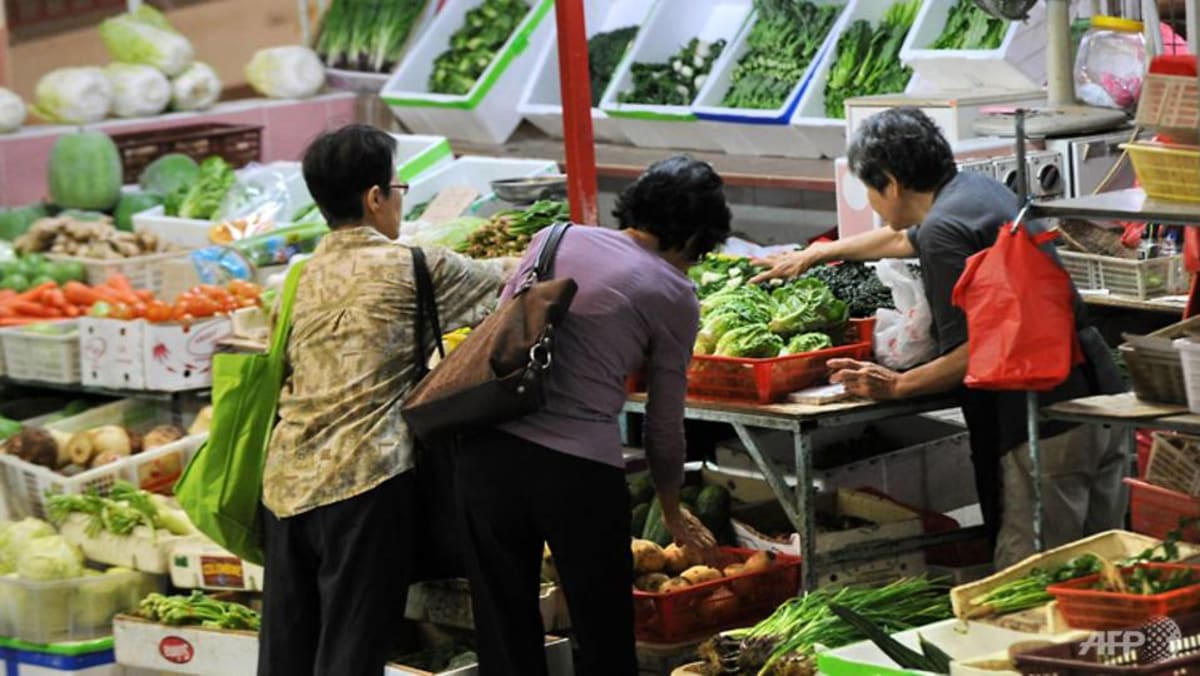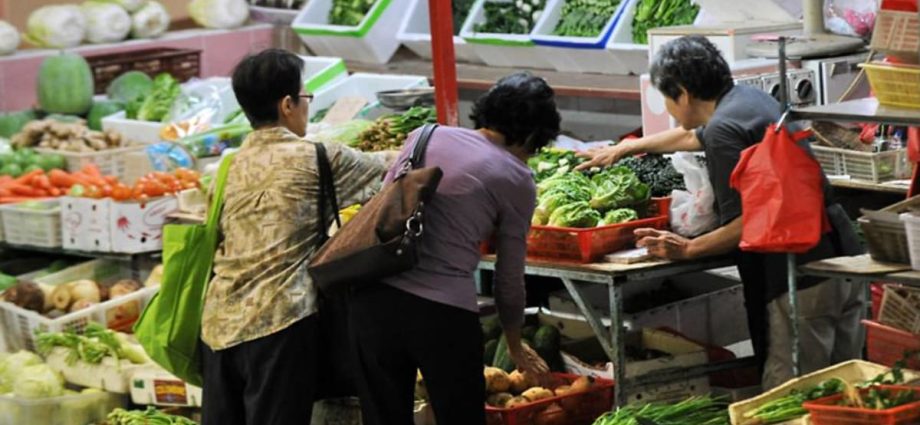
While we might think that adhering strictly to tradition is key to protecting our hawker heritage, perhaps a better way to keep it alive is to allow the dishes to evolve with the times and needs of people.
THE SYMBOLISM OF MEAT AND SEAFOOD
I have noticed that it is not just hawker meals that are imbalanced. When my husband and I ate at restaurants with the older generation, we observed that vegetables were at times not ordered. The reasoning provided is often that the mark-up on vegetable dishes is the highest on a menu; it is “not worth it” to order greens at a restaurant and ordering meat or seafood dishes gives you more bang for your buck.
But, the decision to omit vegetables from a restaurant order is often far more complex. In a food-obsessed country like Singapore, food transcends nourishment; it is loaded with symbolism. offering others meat or seafood – often the more expensive items on a menu – is a sign of generosity, hospitality and love.
Meat has also become a social marker in Singapore – a symbol of progress. Tan explained, “Not so long ago, my parents could not even afford chicken rice, so they only ate it on their payday. Or they only ate eggs on their birthday. So, for a lot of older people, big prawns or wagyu is a big deal.”
EMBRACING LOCAL VEGETABLES
That said, vegetables are not popular among some of my younger friends either. When pressed, they say that the produce one gets in Singapore simply doesn’t taste good.
I get where they are coming from. My first taste of pumpkin in Australia was a revelation; its dense, sweet flesh was a far cry from the water-logged specimens I had encountered in Singapore. Yet, while produce imported from afar is undoubtedly inferior to farm-direct produce, I believe that if our attention is turned to vegetables from our region, we might find unexpected treasures.

